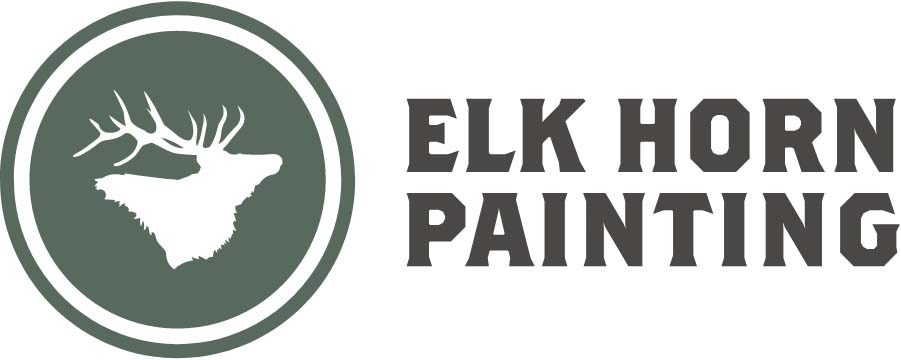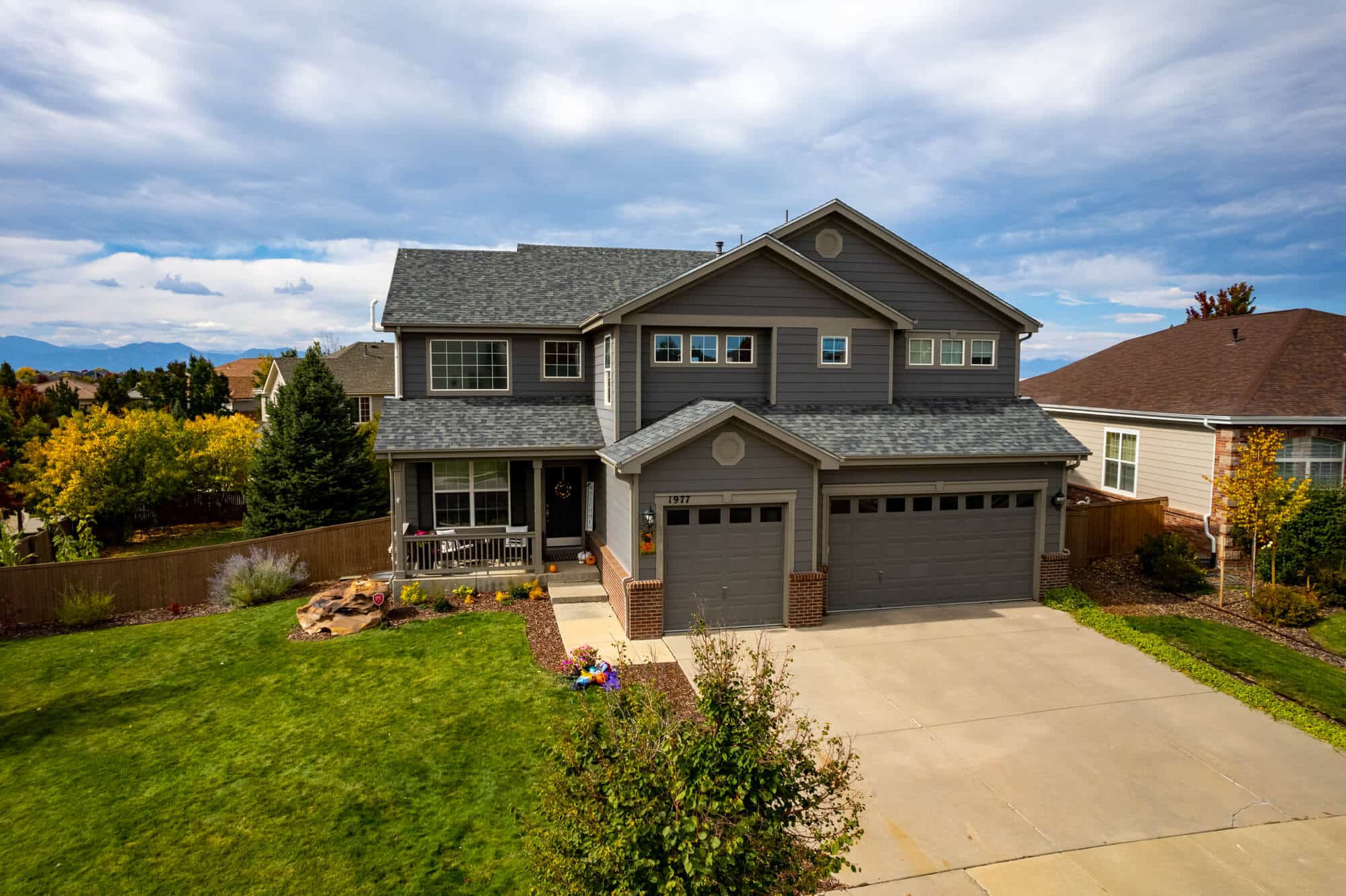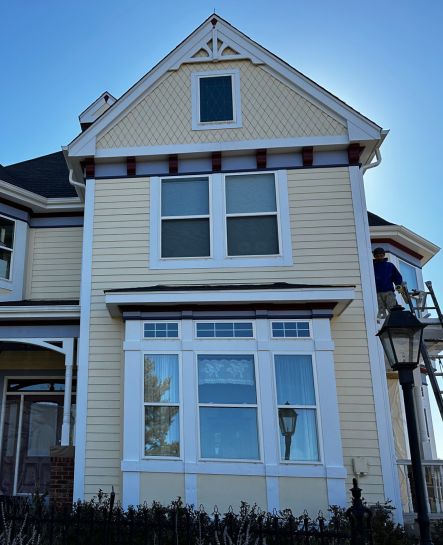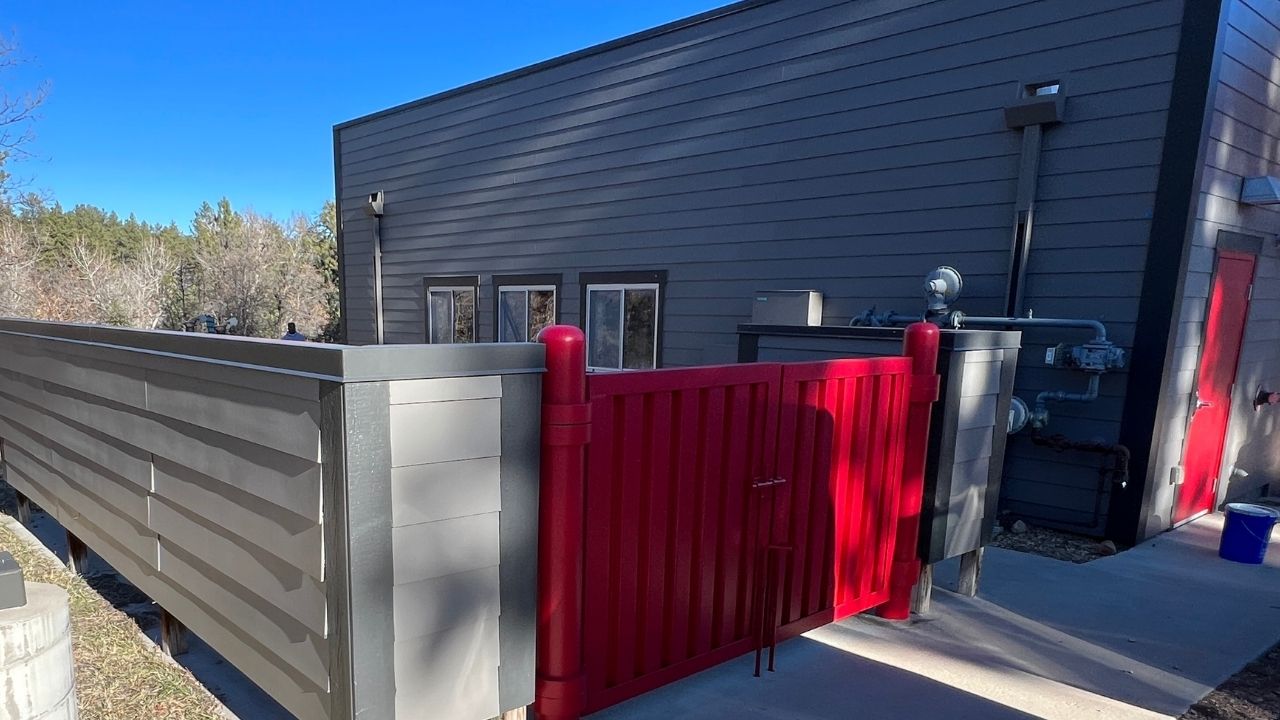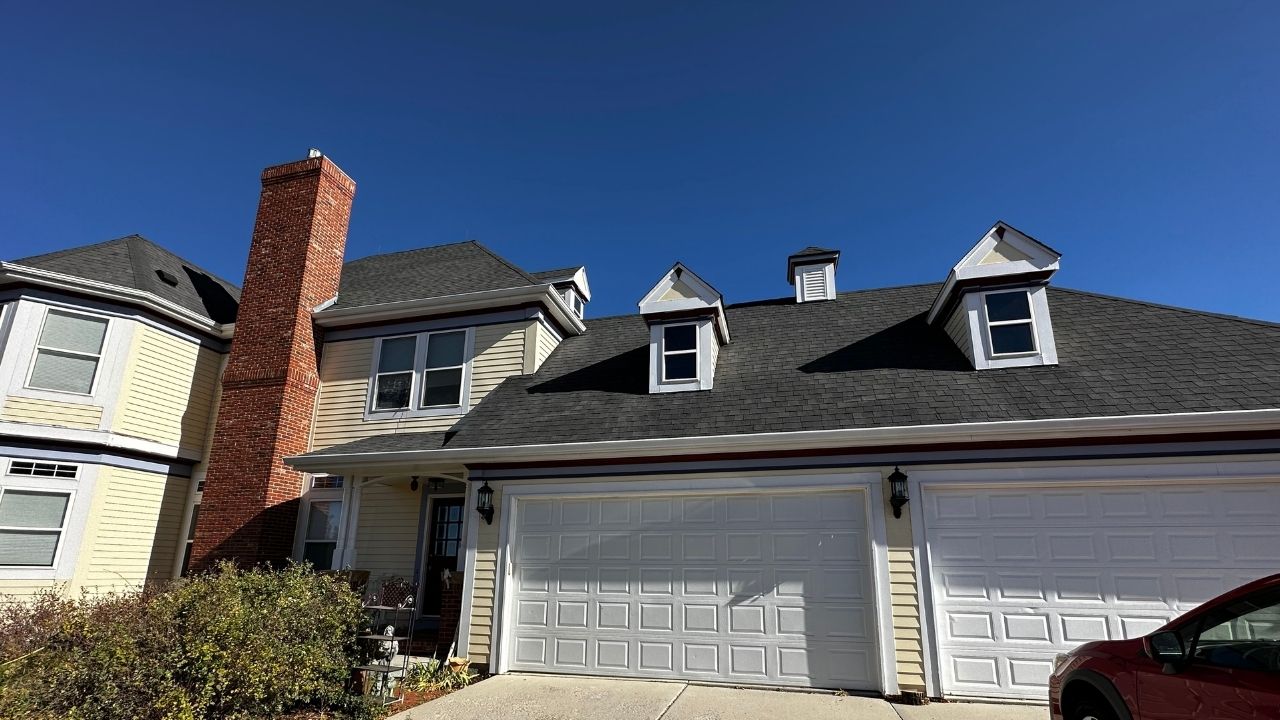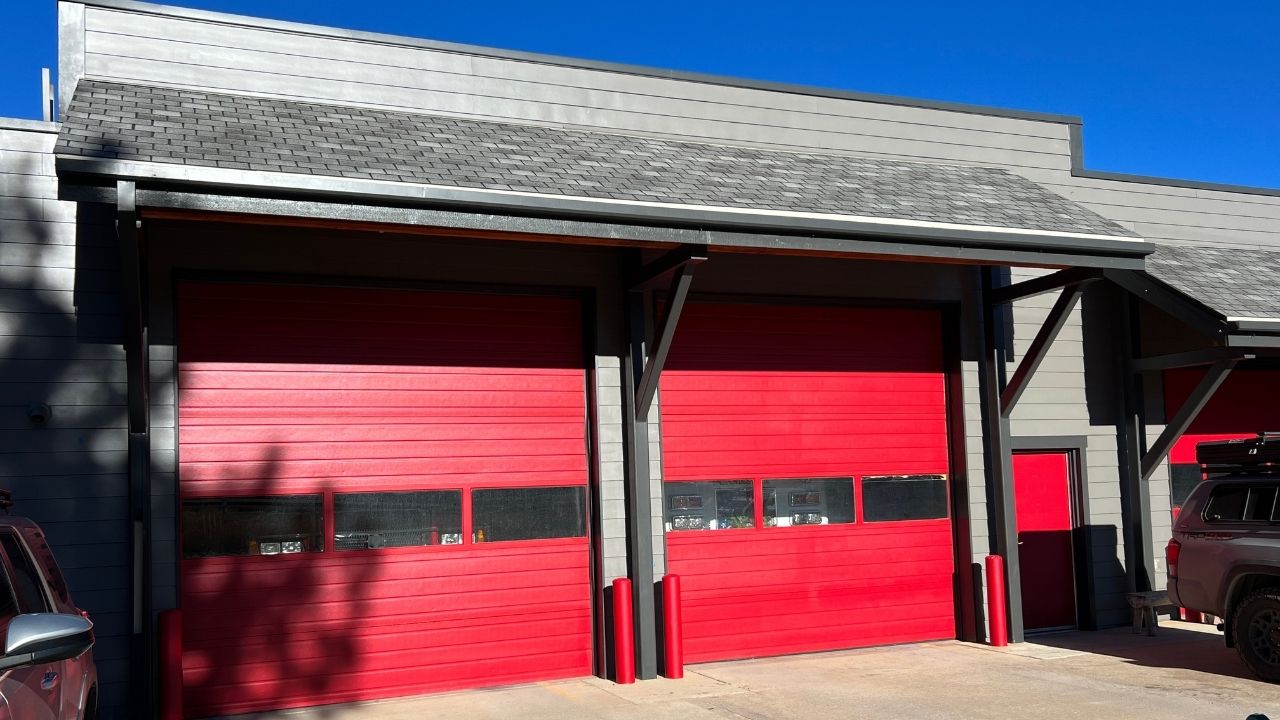- Recycled paint, created from unused and repurposed latex paints, reduces landfill waste.
- Energy-efficient coatings, designed to reflect heat, help lower cooling costs and reduce energy consumption.
- Self-cleaning exterior paints, formulated with nanotechnology, break down dirt and pollutants, requiring less maintenance and fewer repaints.
Proper Disposal & Eco-Conscious Painting Practices
Adopting eco-friendly painting practices ensures that exterior painting projects are both effective and environmentally responsible:
- Recycle leftover paint through community programs, hazardous waste facilities, or donation centers.
- Use biodegradable cleaning solutions instead of harsh chemicals for surface preparation.
- Accurately estimate paint quantity to avoid unnecessary waste.
- Invest in high-quality, long-lasting paint to reduce the frequency of repaints, minimizing environmental impact.
- Choose sustainable painting tools, such as brushes and rollers made from recycled or biodegradable materials.
By prioritizing eco-friendly exterior painting, homeowners can achieve a beautiful, long-lasting finish while reducing their ecological footprint. Sustainable materials, responsible disposal, and low-impact painting techniques help protect both your home and the environment for years to come.
